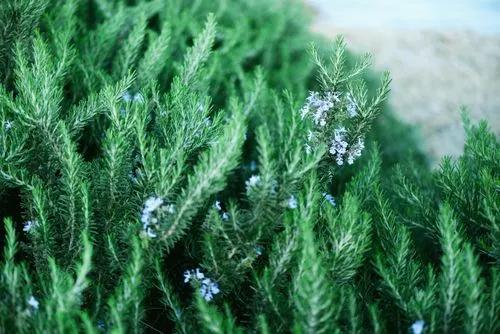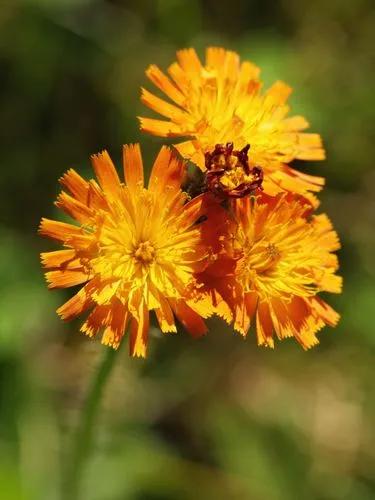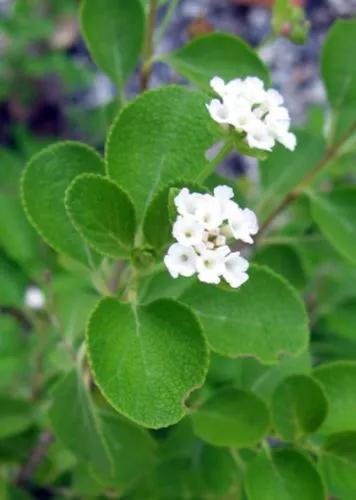Onobrychis viciifolia, also known as O. sativa or common sainfoin has been an important forage legume in temperate regions until the 1950s. During the Green Revolution it was replaced by high yielding alfalfa and clover species. Due to its anthelmintic properties the common sainfoin is a natural alternative to drugs to control nematode parasitism in the guts of small ruminants. This is the main reason why O. viciifolia came back to the scientific agenda during the last years.
O. Sativa, Common Sainfoin Care
Onobrychis viciifolia



Sainfoin (Onobrychis viciifolia) is an erect, perennial herbaceous legume. It can reach up to a height of 80 cm. Stems arise from basal buds on a branched root stock. Roots are deep tap-roots. Leaves are pinnate, bearing 5-6 pairs of obovate leaflets. Melliferous pink (seldom white) flowers are borne in erect conical racemes. Sainfoin flowers twice a year in spring and autumn. Flowering starts with the lower flowers and moves up the stem. Fruits are single seeded pods that bear spikes and can cling to the fur of animals and thus propagate the species. Due to its low competitiveness, weed infestation has to be controlled, especially in the first year. Normally fertilizer applications are not needed to reach satisfying yields. Nevertheless, slurry or phosphate applications can promote initial growth. Pests and diseases are almost never a serious problem
This plant is useful.
How to get rid of:
How to Care for the Plant

Popularity

104 people already have this plant 41 people have added this plant to their wishlists
Discover more plants with the list below
Popular articles






